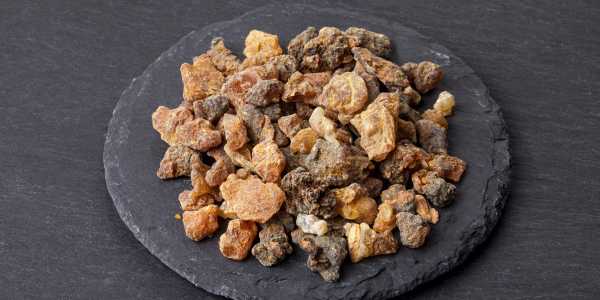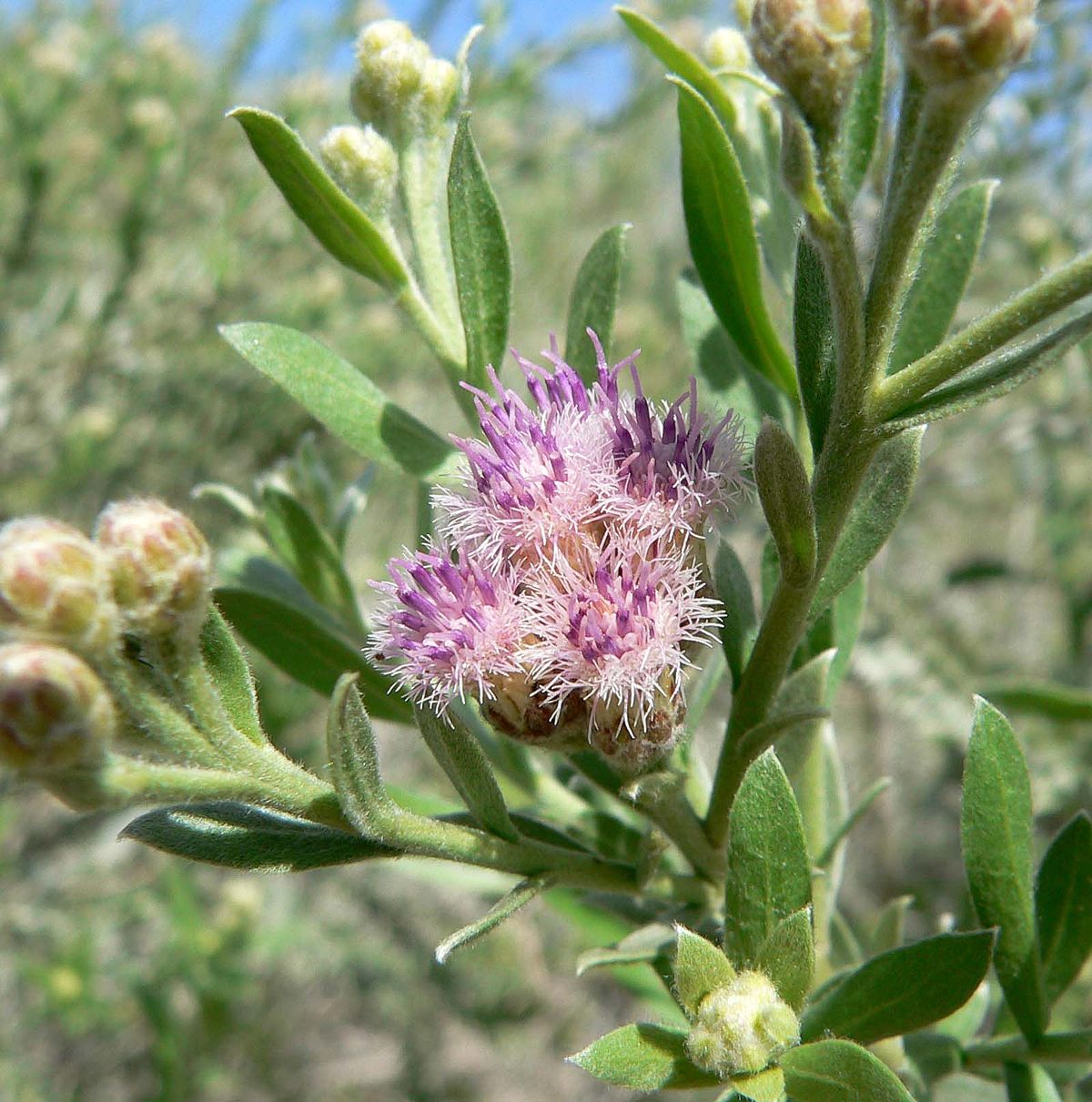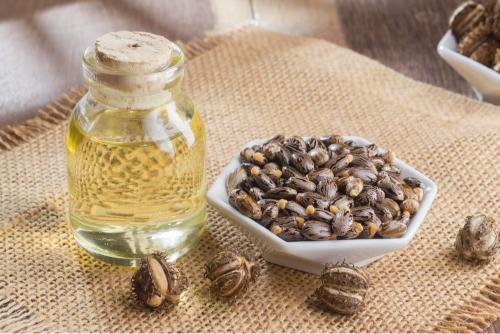- +033 2572 7171
- info@dhanvantary.com

4.5 Rating | 4500 Review

4.5 Rating | 4500 Review
Bacterial Vaginosis (BV) occurs when there is an imbalance in the vaginal bacteria. Normally, the vagina has "good" bacteria (Lactobacillus) that help maintain an acidic environment, which controls the growth of other bacteria. When the good bacteria decrease, "bad" bacteria can overgrow, leading to Bacterial vaginosis.

Here are some common causes that may lead to this imbalance :
Douching disrupts the natural bacterial balance by washing away the protective bacteria, making it easier for harmful bacteria to multiply.
Although BV is not classified as a sexually transmitted infection, having a new partner or multiple partners can introduce bacteria that upset the balance of vaginal flora.
Semen can alter the vaginal pH, which may lead to a bacterial imbalance, especially in women who are prone to BV.
Studies suggest that smoking can affect the immune system and might make it easier for BV to develop.
Sitting for long periods, especially with poor support, can strain back muscles.
Harsh chemicals in scented soaps, sprays, or feminine washes can disturb the natural bacterial environment.
Fluctuations in estrogen, like those that occur with birth control pills or during menopause, can affect the vaginal environment and potentially lead to BV.
The signs and symptoms of Bacterial Vaginosis (BV) can vary, and some women may not notice any symptoms. However, when symptoms are present, they often include:
A thin, greyish-white or milky discharge is common. The discharge may be more noticeable after sexual intercourse.
A strong, unpleasant smell, often described as "fishy," is a hallmark sign of BV. This odour tends to be stronger after sex due to a change in ph.
Some women may experience itching or discomfort around the vaginal area, though this is less common.
BV can sometimes cause a mild burning feeling when urinating.
It’s worth noting that these symptoms can overlap with other infections, so it’s essential to see a healthcare provider for proper diagnosis and treatment if you suspect Bacterial vaginosis.
As per Ayurveda, Bacterial Vaginosis (BV) is generally associated with an imbalance in the natural flora of the vaginal area, often linked to an imbalance in the doshas, particularly Pitta and Kapha. Here's an Ayurvedic interpretation :
Kapha, which governs fluids and mucus, when out of balance, can lead to excessive discharge and a conducive environment for bacterial growth. Pitta, associated with heat and inflammation, may cause burning, itching, and discomfort in the vaginal area.
Ayurveda often links infections and imbalances to ama, or toxins, resulting from improper digestion and metabolism. Poor diet, lack of hygiene, stress, or lifestyle factors might contribute to the accumulation of ama, weakening the body’s natural defence and altering the vaginal flora.
A gentle douche using herbal decoctions like Triphala or Neem can help cleanse the vaginal area and balance the flora. This should be done sparingly and under guidance.
Ayurvedic formulations like Yoni Varti (usually containing Triphala, Guggulu, or other herbs) can help manage infection and inflammation in the vaginal tract. A trained Ayurvedic practitioner should administer or advise on these treatments.
Yoni Dhupana, or fumigation, involves creating an herbal smoke with antimicrobial herbs like Guggulu, Neem, or Haridra (Turmeric). The herbal smoke is allowed to waft around the genital area, promoting cleansing and balancing.
This should be done very gently and cautiously, as it can cause dryness if done excessively. Usually, this treatment is done in consultation with a trained Ayurvedic practitioner.
Avoid heavy, oily, and dairy-rich foods, which can aggravate Kapha and contribute to dampness, fostering bacterial growth. Minimize sugary, salty, and processed foods as well.
Include cooling and anti-inflammatory foods like leafy greens, bitter herbs, and astringent fruits (e.g., pomegranate, apples) to help reduce heat and irritation.
Foods high in fibre, such as whole grains, fruits, and vegetables, support digestion and help remove toxins (ama) from the body.
Maintain proper hygiene with gentle, pH-balanced cleansing of the genital area. Avoid harsh soaps or chemicals that could disrupt the natural flora.
Wearing loose, breathable cotton underwear helps to prevent excessive heat and moisture, which can foster bacterial growth.

Known for its detoxifying effects, Triphala can help cleanse the digestive and reproductive systems. It can be taken daily as a mild laxative to aid in the removal of ama (toxins).

This antibacterial herb can be used both internally and externally to help control infection and reduce inflammation.

Due to its strong antibacterial and anti-inflammatory properties, turmeric can help manage infection and soothe inflammation. It can be taken as a supplement or in warm milk (golden milk).

Cooling and soothing, aloe vera is beneficial for calming Pitta. Aloe vera juice can be taken daily to reduce internal inflammation.

Known for its immunomodulatory properties, Guduchi can help balance Pitta and support the body’s immune response.
